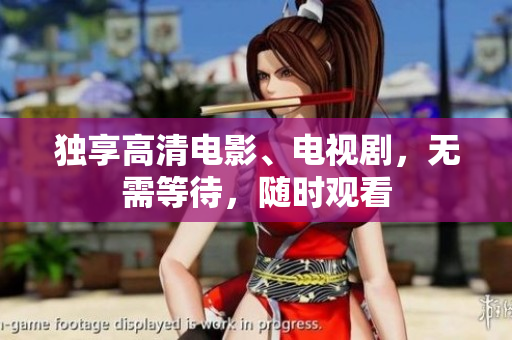Java GenericVisitorAdapter: What it is and How to Use it
If you've been working with Java for a while, you may have heard of the GenericVisitorAdapter class. But what exactly is it, and how can it be used to improve your Java code? In this article, we will explore the basics of the GenericVisitorAdapter and discuss its practical applications in modern Java development.
What is the GenericVisitorAdapter?
The GenericVisitorAdapter is a class in the Java language that provides a simple way to implement a visitor pattern for generic types. In other words, it allows you to write code that can work with any type of generic object, without having to write specialized code for each type individually. This can save a great deal of time and effort in larger projects, where dealing with complex data structures is often necessary.
One of the key features of the GenericVisitorAdapter is its use of inheritance and generics to provide type safety and flexibility. By extending the GenericVisitorAdapter class and specifying the types of objects it will work with, you can create a visitor implementation that can handle a wide variety of data structures and types. This makes it an ideal choice for working with complex and dynamic data models, where flexibility and adaptability are key.
Practical Applications of the GenericVisitorAdapter
So, how can the GenericVisitorAdapter be used in real-world Java development? One common use case is in working with complex data models, such as those found in web applications or big data analysis. By using the visitor pattern and the GenericVisitorAdapter class, you can create code that can process and analyze any type of data, regardless of its complexity or structure.
Another application of the GenericVisitorAdapter is in creating reusable code modules that can be used across different projects or systems. Because the visitor pattern is such a flexible and adaptable way of working with data, code that uses the GenericVisitorAdapter can be easily transferred and reused in other contexts. This can save a great deal of time and effort in software development, especially when dealing with similar data models or business logic across different projects.
Hennessy Female Rapper: Breaking Barriers in the Hip-Hop Industry
For decades, the hip-hop industry has been dominated by male artists and producers. But in recent years, a new wave of female rappers has emerged, challenging the stereotypes and breaking down barriers in the male-dominated field. One of the most prominent of these new artists is Hennessy, a rising star in the rap scene who is making waves with her unique style and powerful message.
Hennessy first came to national attention in 2019, when she released her debut album, "The Art of Bullsh*t". The album gained critical acclaim for its raw and honest lyrics, which tackled topics such as mental health, substance abuse, and personal growth. Unlike many other female rappers, who tend to focus on sex appeal or materialism, Hennessy's music has a deeper, more introspective tone, which has resonated with fans around the world.
Since the release of her debut album, Hennessy has continued to grow in popularity and influence, collaborating with other artists and releasing new music that explores even more complex themes and emotions. Her rise to fame is a testament to the power of perseverance and creativity in the face of adversity, and a reminder that talent and hard work can overcome even the most entrenched stereotypes and biases in the music industry.
iPhone vs. High-End Android Phones: What's the Difference?
If you're in the market for a new smartphone, you may be wondering whether to go for an iPhone or a high-end Android phone. Both types of devices offer powerful features and cutting-edge technology, but there are some key differences that may sway your decision.
One of the primary differences between iPhones and high-end Androids is the operating system. Apple's iOS is known for its user-friendly interface and tightly controlled app ecosystem, while Android is more open and customizable. This means that iPhones are generally more stable and secure, but Android phones offer greater flexibility and customization options.
Another factor to consider is the hardware. While iPhones are known for their sleek design and high-quality materials, many high-end Android phones offer comparable features and build quality. Some Android devices also offer unique features that are not available on iPhones, such as foldable screens and modular designs.
Ultimately, the choice between iPhone and high-end Android phones comes down to personal preference and priorities. If you value stability and security, along with a seamless user experience and access to the latest apps and services, an iPhone may be the best option. If you value flexibility and customization, and are willing to trade off some stability and security for more control over your device, a high-end Android phone may be the way to go.









